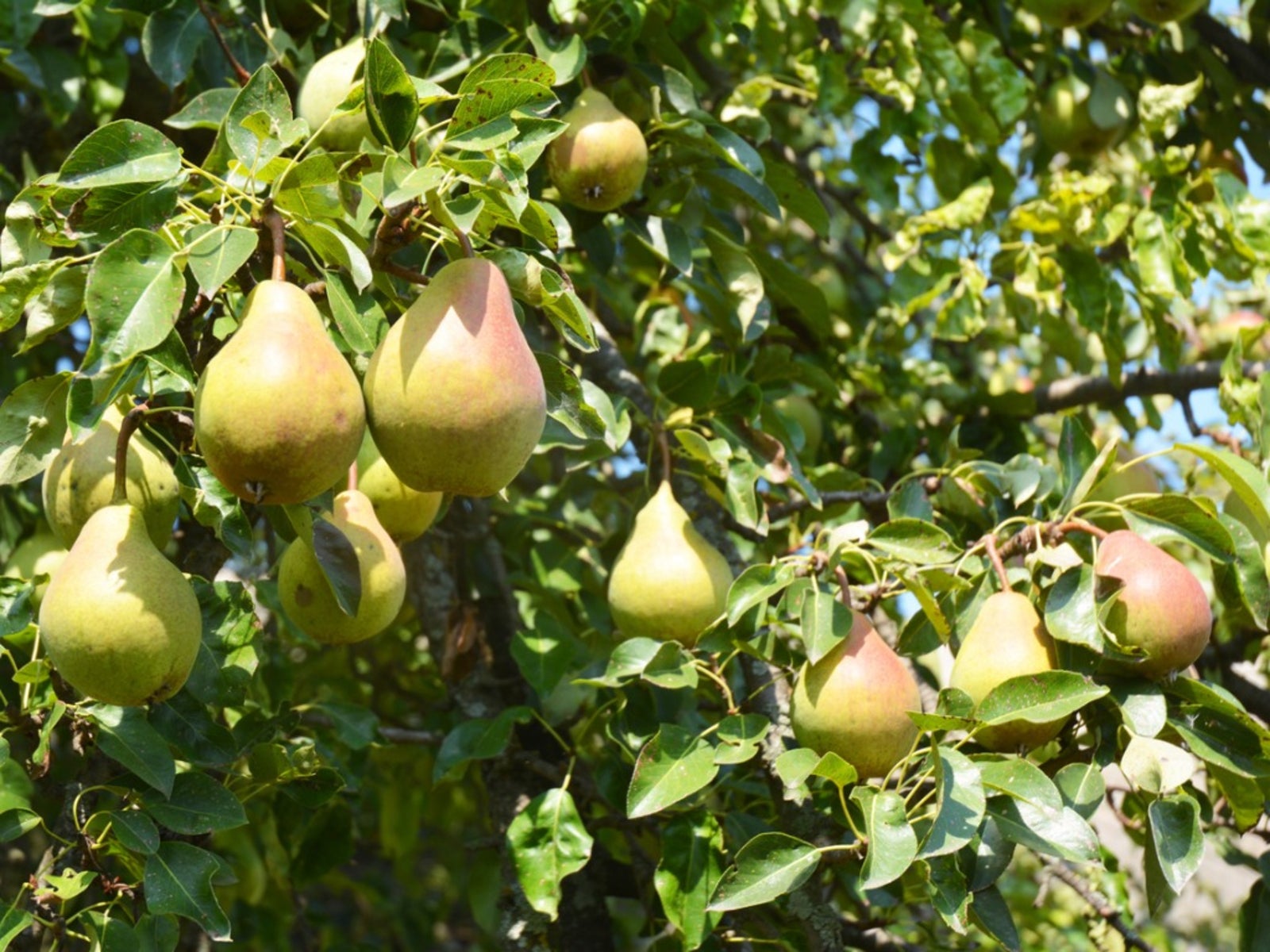What Is Biennial Bearing: Information On Alternate Bearing Of Fruit Trees

Fruit trees sometimes exhibit many irregularities in yield, including failure to produce fruit in spite of luxurious growth. In fact, luxurious vegetative growth at the expense of fruition is one of the most common complaints. The age of the tree, excessive use of nitrogen fertilizers or lack of adequate pollinizers and pollinators can be reasons for these irregularities. A common irregularity observed in fruit trees across the world is biennial bearing.
What is Biennial Bearing?
The tendency of some fruit trees to bear heavily on alternate years is termed as biennial bearing or alternate bearing. Fruiting is highly reduced in the intervening year. Sometimes an abundant crop is followed by more than one lean year. Fruit setting is closely followed by the initiation process of the next year's flowering. Heavy bearing of fruit depletes the energy stores of the tree and jeopardizes the flower formation of the coming year, resulting in poor crop yields that year. Irregularity in fruit production adversely affects fruit producing and processing industries. Heavy crops often result in smaller and substandard fruits. Glut in the market reduce prices, too. When crops fail the following year, both fruit producing companies and processing units suffer great loss. A stable supply is essential for sustainability.
How to Prevent Alternate Fruiting
The main strategy to discourage alternate bearing of fruit trees is to control excessive fruit setting in any one year. This is achieved by various methods.
Pruning
Pruning the branches is a preemptive measure to reduce excess fruiting in one year to prevent reduced crops in the following year. When some of the flower buds are removed by pruning, it promotes vegetative growth, reducing the chances of heavy fruit setting.
Thinning
Thinning out the fruits within the first few weeks after the flower petals fall is found to be effective against biennial bearing. When the energy requirement for fruit bearing is reduced, it promotes the flower formation process of the coming year. Thinning may be performed by hand for the home gardener, or through the use of chemicals for commercial growers.
- Hand thinning - For a tree fruiting every other year, a heavy crop can be reduced by manually thinning the fruits when they're one-third their normal size. With apples, all except the biggest fruit in a bunch can be removed by hand picking. Only one fruit should be allowed to grow in every 10 inch (25 cm.) span on the branch. For apricots, peaches and pears, a gap of 6 to 8 inches (15 to 20 cm.) is ideal.
- Chemical thinning - Certain chemical agents are used to control biennial bearing in trees grown commercially. These chemicals effectively thin out heavy crops and encourages even crops. In commercially grown orchards, this labor-saving technique is preferred to manual thinning.
In addition to reducing heavy crops, active measures to promote flowering and fruit setting may be necessary to prevent alternate bearing. They include:
- Use of growth regulators to induce flowering
- Use of phosphorus fertilizers, such as bone meal
- Planting pollinizer varieties to help with cross pollination
- Introducing beehives at the time of flowering to ensure pollination
Young trees must be carefully pruned and protected from water stress and chemical imbalances to discourage the tendency for biennial bearing. There are also many cultivars resistant to alternate bearing.
Sign up for the Gardening Know How newsletter today and receive a free copy of our e-book "How to Grow Delicious Tomatoes".